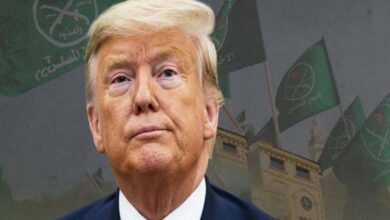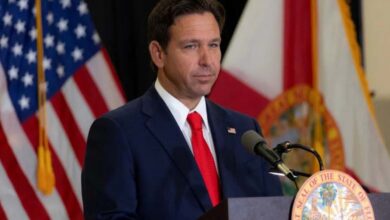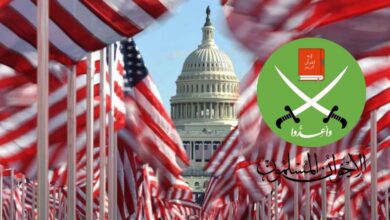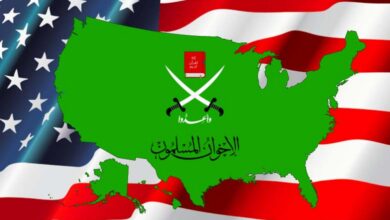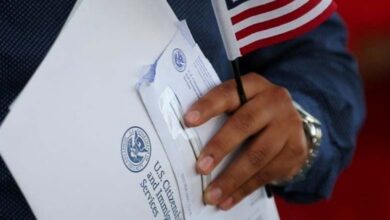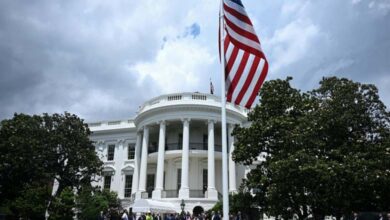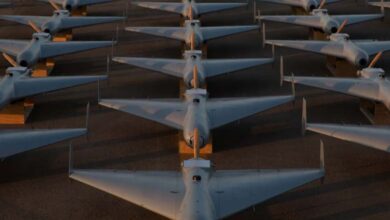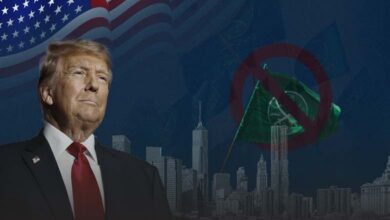11 September… The Story of the Most Dangerous Eight Hours in America’s History
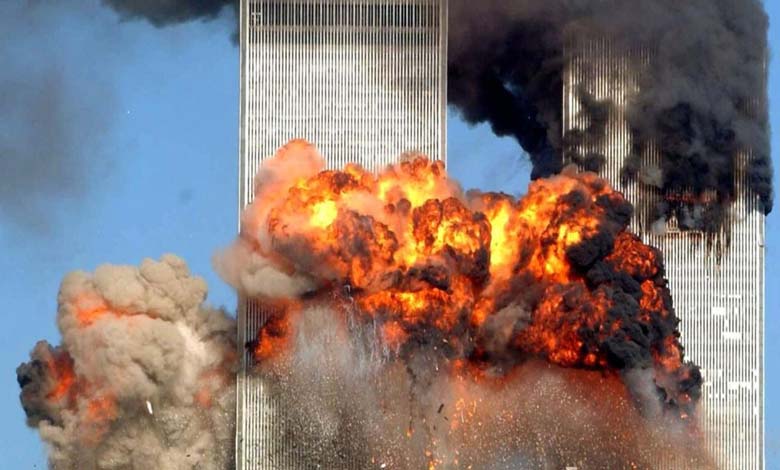
September 11, 2001, was no ordinary day in the United States. It became a turning point that changed the face of the world, etching unforgettable images into history.
According to a detailed report by Politico, the attacks on the Twin Towers in New York and the Pentagon in Washington were not merely shocking acts of terrorism. They also exposed unprecedented confusion at the very top of American power.
While the world’s eyes were fixed on the smoke rising from Manhattan, Air Force One embarked on a mysterious eight-hour journey—an odyssey that mirrored fear, disarray, and the struggle to maintain control over a crisis the nation had never experienced before.
-
Collapse of 9/11 Mastermind’s Plea Deal: Justice Hunts the Architect of Terror
-
Similar to 9/11… Terrorist Plot Targeting U.S. Interests Uncovered
From the classroom to crisis
The critical moment began as President George W. Bush was visiting a Florida school. Within minutes, the innocence of the classroom was shattered by the breaking news of a plane crashing into a building in New York.
It soon became clear this was not an accident but a coordinated assault on symbols of U.S. power. Bush was rushed onto Air Force One, which instantly transformed into a flying command center.
Yet what should have been a symbol of sovereignty and control became a stage for hesitation: should the president return immediately to Washington to address the nation, or stay away from a capital that might be the next target?
-
Henry Kissinger and Latin America: 5 Sins That Changed the Course of History
-
Saudi FM: Kingdom Has Always Demanded Declassification of All 9/11 Documents
A sky stripped of safety
From the moment of takeoff, it was evident that American skies were no longer safe. Unidentified communications were intercepted, and the crew was warned that another civilian aircraft might be heading for the White House.
Amid this chaos, contradictory orders circulated—remain airborne, divert to distant military bases, or head to fortified locations.
The plane itself was seen as a tempting target. Some military officials preferred to keep the president out of sight, while he leaned toward returning quickly to project strength and control.
This contrast revealed the tension between the demands of security and the symbolism of leadership.
-
Balloon Warfare: The Soviets’ Hidden War against the Ghosts of the Sky
-
U-Boats: Germany’s Terrifying Weapon That Changed the Course of War
The Louisiana stop: a temporary refuge
After a short, tense flight, Air Force One landed at a Louisiana military base. Bush was taken underground to a fortified center, surrounded by screens broadcasting images of devastation from New York.
For the first time, executive power appeared cut off from the people, confined behind guarded doors. Yet remaining in Louisiana risked looking like an escape, while citizens yearned for words of reassurance from their leader.
-
Designated as a Terrorist Group by the U.S.: What Do We Know About “Terrorgram”?
-
One Year of War: Gaza, “The Largest Cemetery”
The Nebraska stop
Hours later, Air Force One departed again, this time for one of the most heavily fortified military complexes in Nebraska. Deep within its bunker, video conferences were held with military and security leaders.
Meanwhile, the absence of a visible president left the public grasping at rumors and speculation, heightening national anxiety.
-
“The Messenger of Bin Laden”… A U.S. Intelligence Agency Reveals the Secret Behind the Fall of the Al-Qaeda Leader
-
After his expulsion, the director of the Islamic Center in Hamburg leaves Germany
The dilemma
Within the president’s team, debate raged. Some insisted his safety was paramount—his survival was the ultimate priority. Others warned that his absence from Washington created a dangerous vacuum in leadership, at a moment when Americans and the world sought a clear signal of stability.
Even with fighter escorts, Air Force One remained vulnerable. Reports of suspicious signals only fed fears that it could itself be targeted.
-
What are the implications of rising terrorism in Africa on Europe? An expert answers
-
Who is Amin al-Haq, Bin Laden’s Associate Arrested in Pakistan?
Return to Washington
As the immediate threat receded and the hijacked planes had completed their deadly missions, the decision was made to return to Washington. This was more than a logistical move: it was a symbolic declaration that government would not operate from exile, and that the White House would remain the center of power.
That evening, Bush landed in a shaken but functioning capital. His return sent a message both domestically and internationally: the political system still stood, and the nation—though wounded—was not broken.
-
After 10 Years, the United States Struggles with the Spread of Terrorism in West Africa
-
Expected American Veto to Prevent Palestinian Membership in the United Nations
The speech
From the Oval Office, Bush delivered a short but resolute address: the United States was under attack, and its response would be broad and forceful.
Those eight hours of flights and relocations were not mere logistical details. They laid bare the fragility of power under surprise, the tension between safety and leadership, and they set the stage for decisions to come.
Within weeks, the war in Afghanistan began, ushering in the so-called “War on Terror” that would reshape international relations for two decades.


